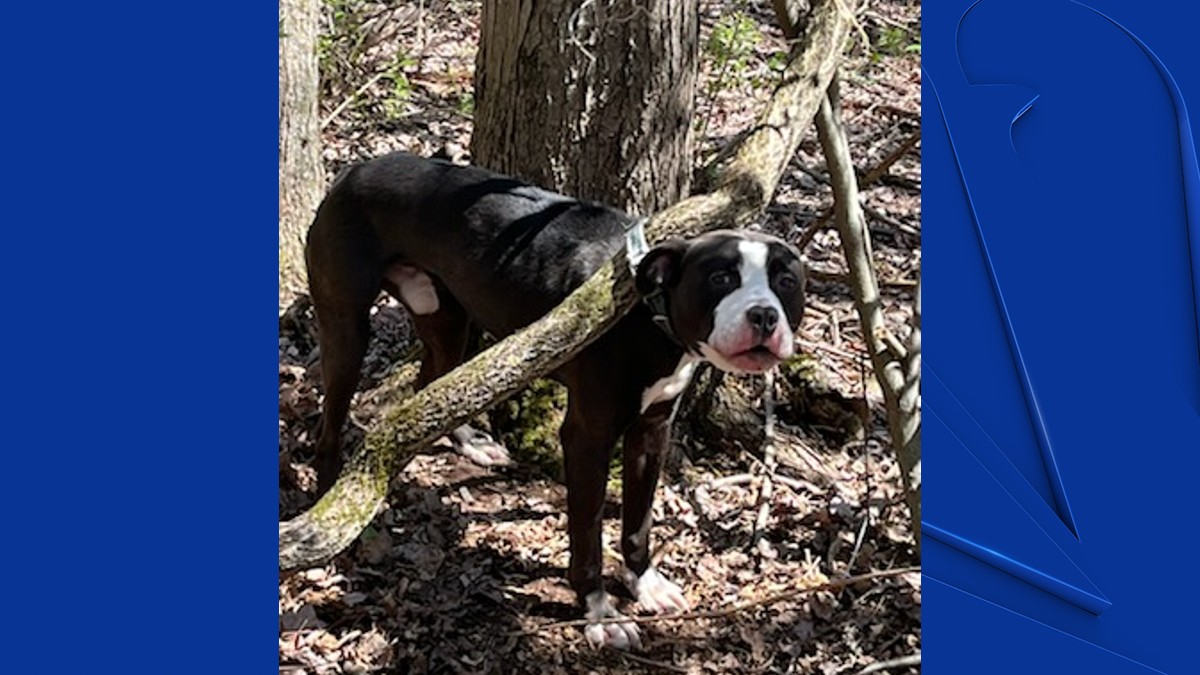Earlier this month, a West Point hockey player suffered a severe injury after getting cut with a skate during a game at Sacred Heart University. It was quick action from an athletic trainer that saved his life.
“How do you thank someone for saving your life? It’s pretty hard,” said Eric Huss, a junior at the United States Military Academy.
On Jan. 5, Army hockey was battling Sacred Heart when a skate laceration had junior Huss battling for his life.
“I was bleeding all over the ice and at this point I was like, 'Well, it’s not coming from my mouth, I don’t know what’s going on,' and then as soon as I was at the bench, Rachel was already there,” Huss said.
Get Connecticut local news, weather forecasts and entertainment stories to your inbox. Sign up for NBC Connecticut newsletters.
Rachel Leahy, athletic trainer at West Point and Quinnipiac graduate, said the moment was all a blur.
“It was go-time,” Leahy said. “I was just going through my steps, making sure we had accurate vital signs on him and that he was conscious and that he was comfortable.”
Leahy stayed with Huss from the ice to St. Vincent’s Medical Center, applying lifesaving measures to stop the bleeding.
“The primary life-threatening injury that he had was an injury to his facial artery, which we were able to clamp and ligate both ends of that,” said Dr. Matthew Carson, MD, trauma surgeon at St. Vincent’s.

It’s moments like these during athletics that highlight the importance of always having a plan.
Local
"Just running through a simulation in my mind every day just in case,” Leahy said. “If it happened right this minute, what would I do? Where are my equipment located, where are my towels, do I have gloves readily available?
Leahy’s decisive action ultimately saved his life. Carson said there are programs available to the general public to help stay prepared, such as Stop the Bleed.
“When they witness an injury like this or other injuries, basically just do whatever you can to stop the bleeding which is clearly what Rachel was able to do for him," Carson said.
Awareness toward these incidents has only heightened since last winter, when Connecticut lost one of its own to an on-ice accident, leading other rinks to stay prepared.
“We’ve installed Stop the Bleed kits immediately right at our scorer’s table for immediate access,” said Peter Montesano, facility manager at Veterans Memorial Skating Rink in West Hartford. “We have a secondary one back-up in our AED cabinet in the event we need it.”
Neck guards have been an ongoing discussion in Connecticut as another way of prevention. They’re required by CIAC schools, but not all schools in the state.
Huss said when he gets back on the ice with Army, he will do so wearing a neck guard.



